The image shows groups of “fairy circle” hydrogen seeps, commonly known as salt lakes, near the town of Moora, around 150 kilometres north of Perth.
In 2021, a group of scientists from the Commonwealth Scientific and Industrial Research Organisation (CSIRO), Australia’s science agency, took soil-gas measurements in and around some of these salt lake depressions, finding “persistent hydrogen concentration” in the soil, and especially at the edges.
“This work is the proof that fairy circles, in the meaning of H2 emitting structures, are present in Australia and opens the door to new prospectivity pathways by evaluating original hypotheses on natural hydrogen generation, migration pathways and entrapment,” research authors Emanuelle Frery, Laurent Langhi, Mederic Maison, Isabelle Moretti said the study, published in the International Journal of Hydrogen Energy.
The team also noted: “The natural hydrogen system is still poorly understood and needs to be studied in new geological contexts.”
Natural hydrogen
Natural hydrogen is sometimes referred to as ‘gold’ or ‘white’ hydrogen. While the world has known for many decades about hydrogen accumulating under the earth’s surface, the phenomenon has largely been ignored because there had simply been no market for hydrogen.
While research of natural hydrogen is lacking, it is believed to originate from two main underground processes. The first is called ‘serpentinisation’ and is a reaction between iron and water.
Serpentinisation is believed to have given rise to the natural hydrogen found in these Western Australian “fairy circles.” Essentially the reaction occurs when water comes into contact with iron rich rocks in the subsurface, deep enough to be unaffected atmospheric oxygen. “Then those iron-rich rocks, they effectively want to rust, they want to turn into iron oxides… so they will strip the oxygen atom off the H2O and that releases the hydrogen,” HyTerra executive director and chief technical officer, Avon McIntyre, previously told pv magazine Australia.
HyTerra is one of a number of Australian companies looking to develop natural hydrogen projects.
In February 2022, pv magazine reported that in the past year exploration licenses amounting to one third of South Australia’s total landmass have been either granted or applied for by companies in search of natural hydrogen.
*The renewed interest in South Australia’s natural hydrogen potential came, according to Australian energy consultancy EnergyQuest, from the “chance rediscovery” of historical reports of two wells drilled in the 1930s where high purity hydrogen was detected.
Of all Australian states and territories, South Australia has the most favourable regulatory environment for natural hydrogen exploration today.
The Western Australian government is believed to be currently working on amending its regulatory environment to enable natural hydrogen exploration.
–
*Article amended September 14 to clarify the origins of South Australia’s natural hydrogen regulations.
The original article stated the favourable regulatory environment in SA “isn’t because South Australia is particularly bountiful in natural hydrogen accumulations, but simply that the state is the only jurisdiction currently with favourable exploration regulations.” South Australia has in fact been home to noteworthy natural hydrogen discoveries in the last century, and while this doesn’t preclude natural hydrogen discoveries in other jurisdictions, these historic discoveries have impacted its regulatory environment.
This content is protected by copyright and may not be reused. If you want to cooperate with us and would like to reuse some of our content, please contact: editors@pv-magazine.com.
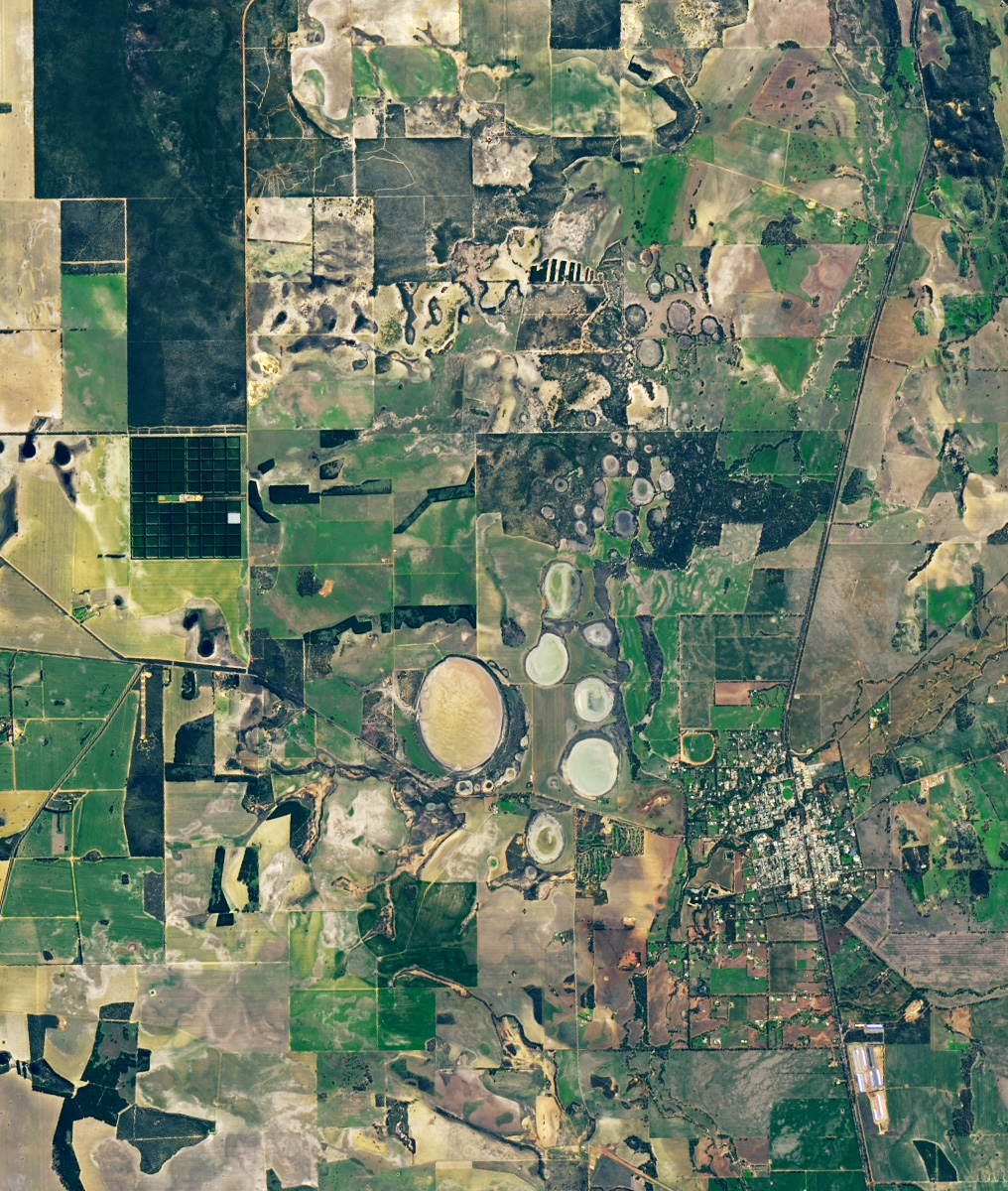


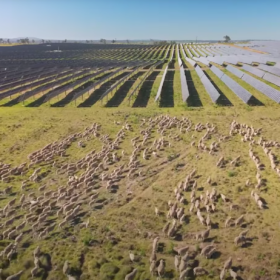
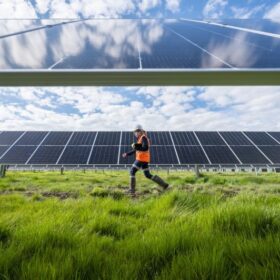
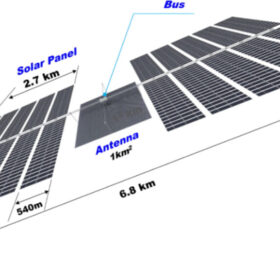
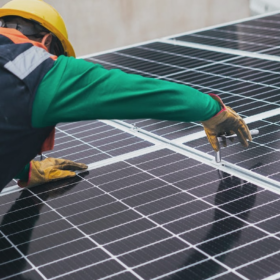
Your hydrogen emitting circles are salt lakes … please check your facts before publishing such rubbish
Hiya, first line states they are known as salt lakes AND they have been discovered to naturally emit hydrogen, especially from their perimeter.
You mentioned salt lakes more than once too… People need to be aware of what / HOW they say things to others. This is happening too often on platforms.
Perhaps some think that if they’re not saying something to someone personally, this allows them to comment in whatever manner they feel like… There’s no need to be rude…